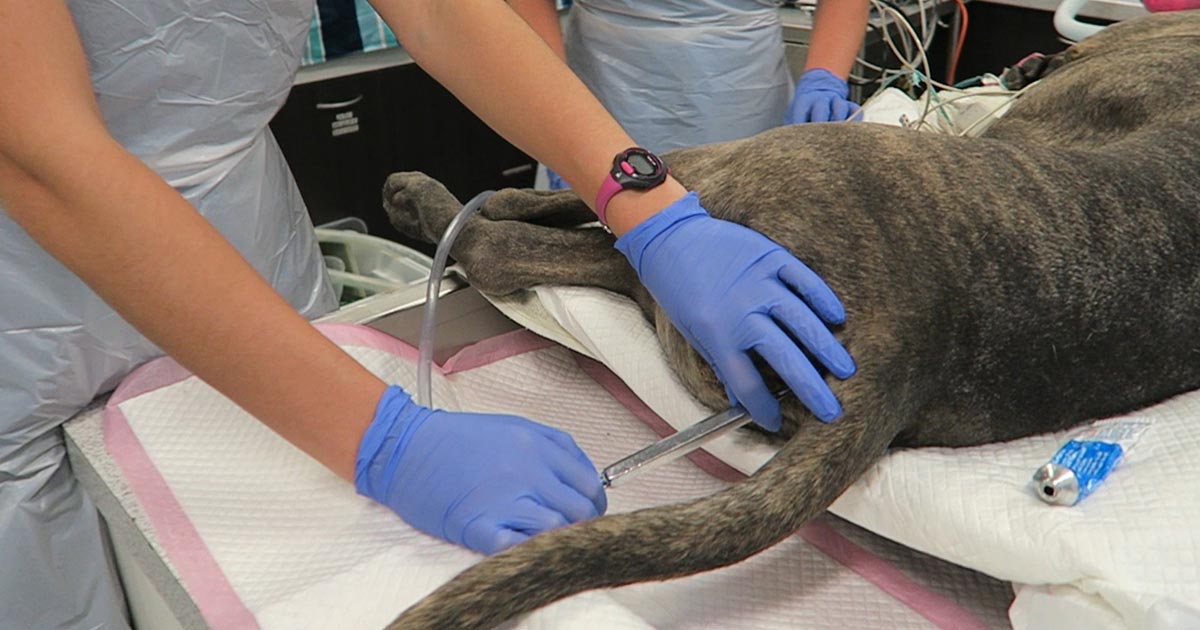Great news for those who hate enemas: you may not have to do any of these ever again. This is the consensus by both the American Academy of Clinical Toxicology, and the European Association of Poisons Centres and Clinical Toxicologists.
The theory behind these procedures is legitimate – reducing systemic exposure of a toxicant by accelerating gastrointestinal tract (GIT) expulsion. But this is assuming the toxicant is absorbed very slowly, undergoes substantial enterohepatic cycling, or undergoes slow reabsorption in the lower GIT – all of which are uncommon characteristics of the types of toxicants veterinary patients are exposed to.
In fact, most toxicants of veterinary interests are generally rapidly absorbed in the upper GIT and absorption are not affected by catharsis.
Lack of evidence
No clinical evidence exists to support the use of a cathartic alone, or in combination with activated charcoal, to reduce the bioavailability of drugs or to improve the clinical outcome of poisoned patients. In fact, some evidence shows systemic exposure is increased following oral dosing of sorbitol, with activated charcoal, in canine paracetamol poisoning cases.
Similarly, no evidence exists that enemas and/or colonic irrigation improve clinical outcome in the treatment of oral poisoning.
The risks can be quite high with these procedures, with patients at risk of:
- haemorrhage (in the case of anticoagulant vitamin K antagonist rodenticides, for example)
- electrolyte destabilisation
- bowel perforation
- rectal prolapse
- phosphate toxicities (cats)
The risks simply do not outweigh the benefit (or lack thereof). In fact, repeated dosing with combination preparations containing sorbitol and activated charcoal is not recommended.
This may be the most exciting news in veterinary medicine!

